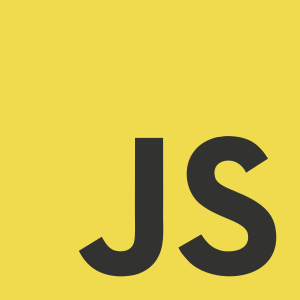Here are two ways to get (and set) query parameters from URL. I’ll add some real life examples in order to understand their usage.
Method #1
The URLSearchParams interface defines utility methods to work with the query string of a URL.
Here’s how to get the current page parameter – pg in our example below – from URL parameters and return to current page from history.back():
// Get current page from URL parameters and return to current pagefrom history.back()
let queryParams = new URLSearchParams(window.location.search),
page = 1; // Default is 1
if (parseInt(queryParams.get('pg'), 10) > 0) {
page = queryParams.get('pg');
}Here’s how to construct the URLSearchParams object instance from the current URL query string. Note that the page variable has been declared prior to setting it up.
// Construct URLSearchParams object instance from current URL querystring
let queryParams = new URLSearchParams(window.location.search);
// Set new or modify existing page value
queryParams.set('pg', page);
// Replace current querystring with the new one
history.replaceState(null, null, "?" + queryParams.toString());In the example above, I am replacing the current URL with the updated one, in order to build a pagination system.
Method #2
This one uses custom code, specifically tailored for my personal needs.
Here are the getter and setter functions:
function getQueryParameters() {
let queryString = location.search.slice(1),
params = {};
queryString.replace(/([^=]*)=([^&]*)&*/g, (_, key, value) => {
params[key] = value;
});
return params;
}
function setQueryParameters(params) {
let query = [],
key,
value;
for (key in params) {
if (!params.hasOwnProperty(key)) {
continue;
}
value = params[key];
query.push(`${key}=${value}`);
}
location.search = query.join('&');
}Here’s how I use it to get the current parameters and change them based on changing a <select> dropdown value. My order parameter has a possible value of price|asc, meaning I’m sorting some elements based on price, ascending.
1. First, I’m getting all URL parameters as an object.
2. Second, I’m getting the order value from my <select> element.
3. Next, I’m updating the parameters object and setting the new URL.
document.getElementById('order').addEventListener('change', () => {
// Get URL parameters
let params = getQueryParameters();
// Get order value and split the values (price|asc)
let orderParameters = document.getElementById('order').value.split('|'),
orderBy = orderParameters[0],
orderDirection = orderParameters[1];
// Update parameters and set new URL
params.orderby = orderBy;
params.order_direction = orderDirection;
setQueryParameters(params);
localStorage.setItem('propertySort', document.getElementById('order').value);
});As the last step, I’m updating a value using localStorage so I can use it later in another part of my code.


